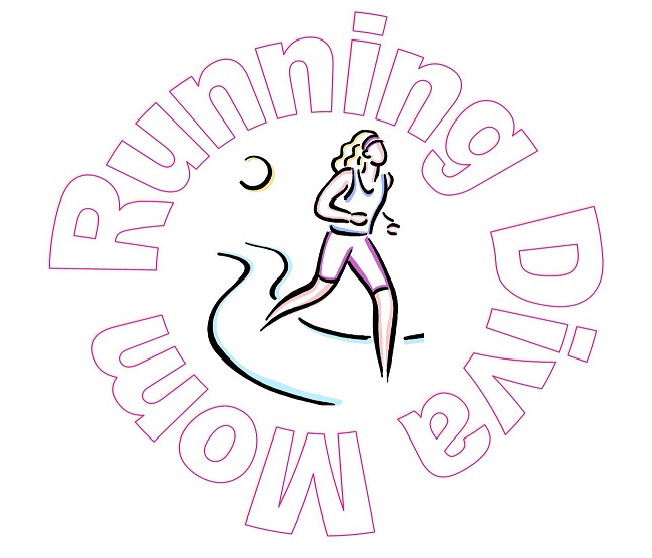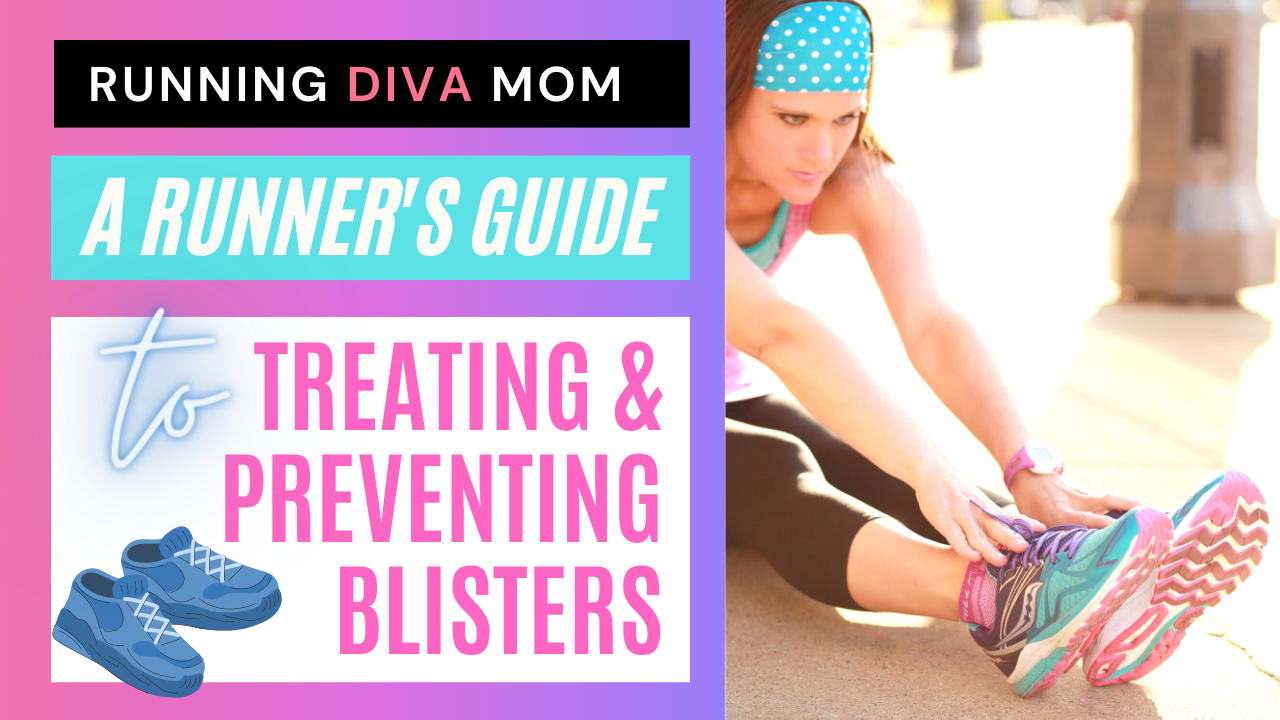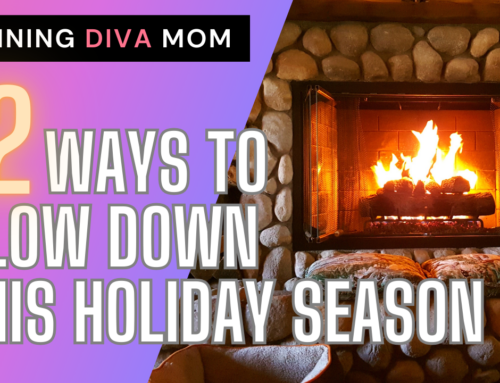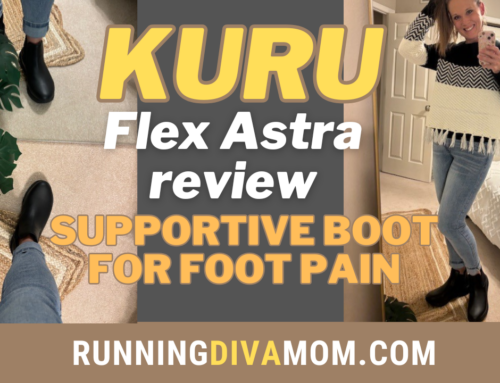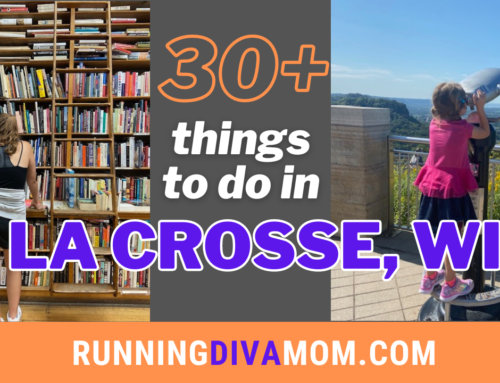Whether you are new runner, and your feet are experiencing more movement and more friction or you are a seasoned, long-distance runner working your way through heated pavement and wet trails - chances are you have experienced a nagging blister somewhere along your training runs. There are many factors that can cause these painful foot blisters. And sometimes they sneak up without you even noticing. With some mindful planning and awareness, you can not only help treat your blisters - you can also prevent them from stopping your run.
Excessive heat, through moisture and humidity and running longer distances are also common causes. Many marathoners don't experience blisters during long training runs, but when they push themselves further than their feet are used to, they will get blisters on the bottom or side of their feet - or even more commonly, under their toenails.
There isn't just one treatment plan or item that works to treat and prevent all blisters. There are a variety of adjustments that can be made or solutions that can be tried. What works well for your training partner may not help your irritatated skin. So, try a few of the suggestions mentioned and if that didn't help, give try another remedy.
Here are my top five tips for treating your blisters:
- Blister Bandaids are great for treating and preventing blisters. Blisters are commonly sold in packs of 5-10 and cost about $1 per Bandaid. But the bandage can last several days - even up to a week through intense exercise and washing. They help reduce friction, provide protection and the extra padding makes the blister a bit more tolerable. You can locate this with other bandages at your local drug or retail store. I keep some in my gym bag and the rest in our bandage bin, which I label so that the rest of family doesn't use them for paper cuts!
- Cut an area the size of your blister into a piece of moleskin and gently place it on top of the blister, allowing it to heal, preventing additional friction, but allowing it to breathe. Moleskin is also commonly sold in strips if needed for odd spots.
- Give the blister a couple of days to heal. If it doesn't, consult your physician for a sterile popping of the blister, so that it doesn't become infected.
- If you must pop the fluid sac on your own, do so with a clean needle and keep the area clean and covered. You surely have a stash of race day safety pins. Clean one and puncture 2-4 small holes in the sac, without making a full puncture. Drain a couple of times and clean the area again.
- Whether you are allowing your blister to heal or have popped it on your own, clean the entire area and cover it with an antibiotic ointment frequently throughout the day.
Here are my top ten suggestions for preventing your blisters from returning:
- Get properly fit for running shoes. Wearing a running shoe that is too big or too small may lead to unnecessary pain or movement in your shoe. Have a professional watching you run and walk and select a proper shoe - and size - that works best for you.
- Invest in wicking socks. Make sure that your socks are made of a fabric that will wick sweat and moisture away from the body and dry more easily during your workouts. Socks should also not be too big or move and bunch up when you move. When selecting socks, also look for socks that provide extra cushioning in areas that are most blister-prone. Some lines will also carry socks that claim to be blister resistant.
- If you are experiencing toe blisters, try toe separating socks. Injinji socks are just like mittens for your feet. They will keep each toe isolated from those next to it and prevent additional rubbing and chaffing - especially for overlapping digits. They may feel a bit awkward when you first put them on your feet. But give this a few moments while your toes settle in comfortably. A few moments of discomfort can help prevent weeks of painful blisters.
- Look for abnormalities in your feet such as issues with your heels, toes and bunions. All can be culprits with your foot strike and may cause you to land differently than you normally would. This abnormal foot strike could be the cause of your blisters. This can also effect your whole kinetic chain.
- Apply Vaseline or other lubricant to your blister-prone area or your entire foot to prevent friction from skin-to-skin or skin-to fabric contact.
- Body glide isn't only good for your bra line, thighs and underarms to prevent chaffing. It also works great on your feet. The stick is similar to your deodorant stick and will add an extra layer of protection to your feet and toes.
- Wear the blister Bandaids regularly in your sore spots. These are especially helpful for long training runs and events.
- Apply some baby powder or anti-chafing powder to minimize friction on your feet. Make a quick application before putting your socks on. Try applying it in the bathtub or outdoors to eliminate a mess indoors.
- If you are prone to blisters, avoid adding additional heat and moisture. Try running when it is not as hot or humid. Avoid dumping water over your head to cool-off or tromping through puddles and streams on trails. Bottomline, try to keep your feet as dry as possible.
- Test your sock and shoe combination on walks, advancing to short training runs, then long training runs to make sure that the combination of the two will set you up for success on race day.
